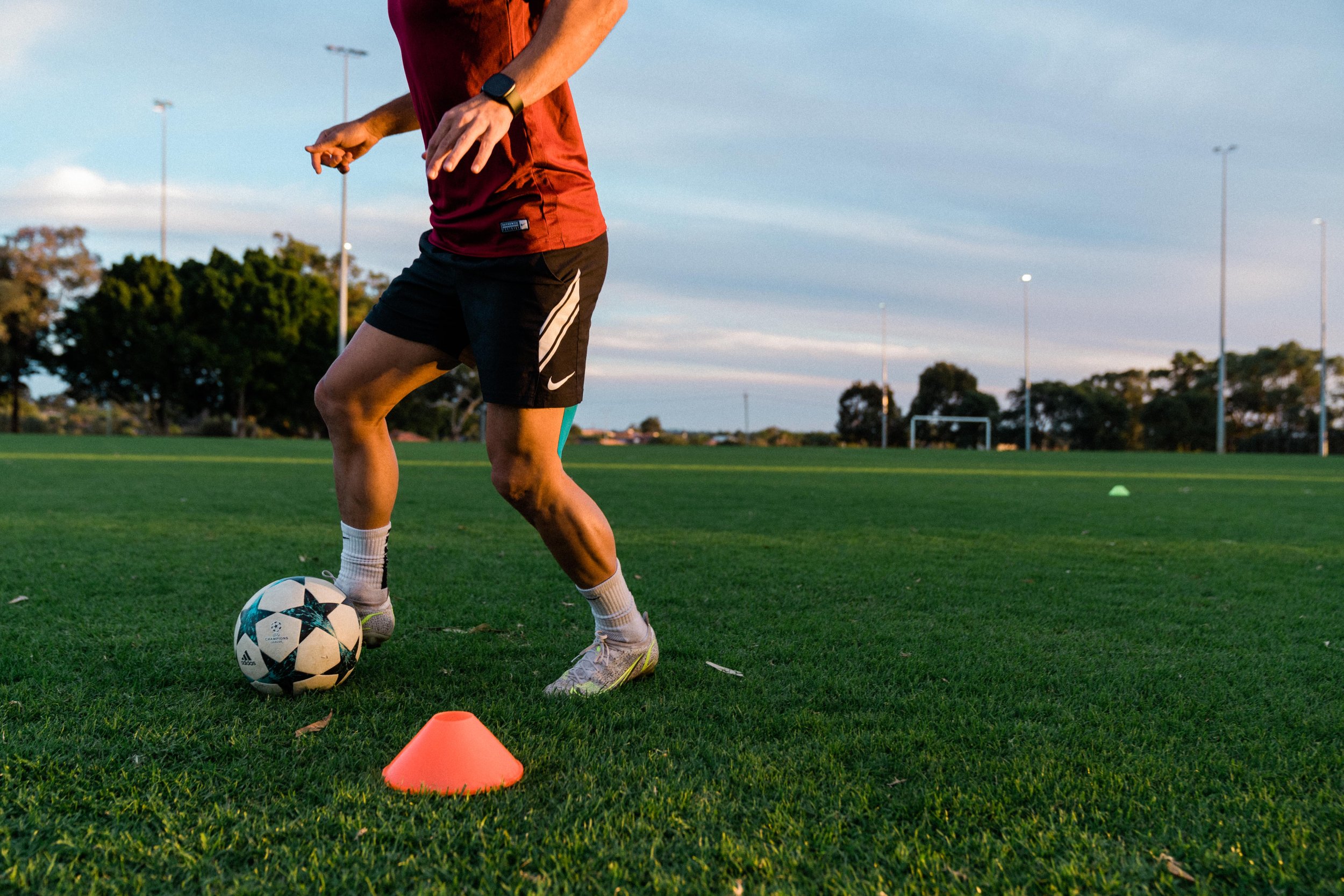What are the key principles of injury prevention?
Whether you are a professional athlete, an amateur one or just enjoy being involved in your community sports team, the word ‘injury’ is surely a familiar one.
As they say, prevention is better than cure, and luckily, the past decade has seen an advancement in research on the topic of sports injury prevention. It is important to minimise activity-related injury associated with physical activity and sport. This not only affects our ability to participate in sports, but it also impacts sleep, your occupation outside of sports, our emotional being, and mental along with physical health.
Sports injury prevention can be categorised into three groups; ‘primary’, ‘secondary’ and ‘tertiary’ prevention. Primary prevention involves health awareness and injury prevention (e.g. wearing mouthguards for physical contact sports). Secondary prevention can be recognised as early diagnoses and interventions to reduce the injury severity and restore function. Tertiary prevention is the focus on rehabilitation after sustaining an injury. This may include, participation in a rehabilitation program, and graduated return to sports under the supervision of a health professional.
Other important factors to consider that may assist in the prevention of injury include:
● Warm-up: This prepares the body for exercise. The benefits include, increased blood flow to muscles, increased oxygenated blood circulation, enhanced cellular metabolism, increased nerve speed conduction, increased range of motion, reduced joint and connective tissue stiffness and increased cardiovascular response to exercise.
Several clinical studies of randomised trials have shown a reduction of injury risk by 50% from organised warm-ups designed to prevent injuries. However, there is no data on which intensity and duration to prescribe for warm-ups. Or whether it is a physiological effect of the warm-up program or results from training effects on strength, neuromuscular control or other factors.
● Stretching: Widely believed to improve performance and reduce muscle soreness. Especially more important for sports that have high-intensity of stretch-shortening cycles or explosive power sports (e.g. football, basketball, sprinting). It has been advised to perform static and dynamic stretches. The basic principles are warm-up prior to stretching, stretch before and after exercise, stretch gently and slowly and stretch to the point of gentle pull. Never stretch to or through pain.
● Taping (strapping) and bracing: These are used to restrict joint movements. Indications for taping or bracing are prevention (high-risk activities e.g. basketball) or rehabilitation, a protective method during a recovery phase. Taping and bracing have been shown to provide mechanical support and strapping enhances proprioception.
● Protective and suitable equipment: Protective equipment can be used in events to minimise or reduce the direct impact that may aggravate a previous injury. It is important that protective equipment is fitted correctly for maximum support and provides psychological benefits (e.g. helmets or mouthguards). Suitable equipment may include footwear to prevent sports injuries.
● Appropriate surfaces and training: It is important to consider the firmness of the training and event surfaces to prevent injuries, especially with associations with overuse injuries e.g. stress on soft tissues- stress fractures or shin splints. Individuals require appropriate training and fitness to prevent overuse, which may lead to injuries. This includes aerobic, strength, agility and skill-specific training.
● Adequate recovery time; This includes enough rest between training and match events to avoid overuse or burnout. This recovery can include passive, active or mental rest.
● Psychology: Increases stressed for an athlete can lead to poor decision-making, and overall increase the risk of injury. Technique errors can result in injuries if the athlete is not focused or concentrating, this can be due to under or over-stimulation, or lack of awareness.
● Nutrition: Any athletes that participate require adequate nutrition to perform, a consequence of poor nutrition can affect recovery and increase the risk of injury. Inadequate energy restoration can lead to protein breakdown, and result in soft tissue injuries. Hydration is known to lubricate joint capsules, which helps to provide nutrients to cartilage, as well as move metabolic wastes out of the body. Calcium is an important mineral for bone remodelling. Overall, a well-balanced diet to meet the demands of the training and match events should be considered. Advise by a health professional should measure for each individual.
A model described by van Mechelen et al. explains a systematic approach towards sports injury prevention.
1. Record all injuries at training and match events.
2. Identify risk factors and injury mechanisms that contribute to sports injuries.
3. Introduce processes to reduce future risk or severity of sports injuries from occurring.
4. Evaluate, to assess the effectiveness of processes used.
It is important to consider individual needs and individual own risk factors (e.g. age, fitness, experience, existing co-morbidity etc), create a risk analysis profile and plan relevant preventative measures. Always seek further medical advice if symptoms persist or not resolving.
Reference:
1. Brukner. P, Kahn. K. Clinical Sports Medicine Series. 4th ed. McGraw Hill Professional. 2014. 6(3) 83–91p
2. Bahr R, Maehlum S. Clinical Guide to Sports Injuries: An Illustrated Guide to the Management of Injuries in Physical Activity. Champaign, IL: Human Kinetics Publishers, 2004.


